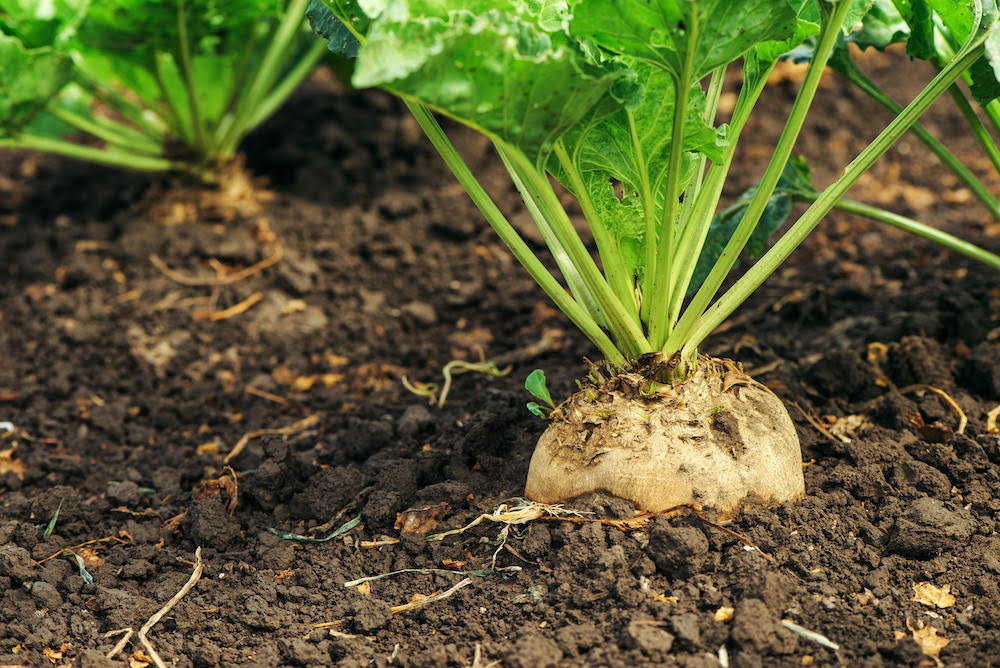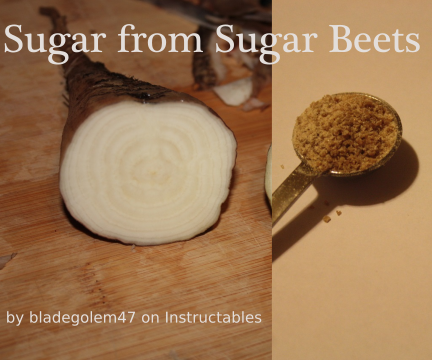How to decide between sugar beet vs sugar cane for local cultivation success
Recognizing Sugar Beet Vs Sugar Cane: Trick Differences and Their Relevance in the Global Sugar Sector
The distinctions in between sugar beet and sugar cane are considerable in the context of the worldwide sugar sector. Their differing weather demands influence where they can be grown, while their one-of-a-kind dietary profiles impact consumer preferences. In addition, the economic effects of each plant shape market dynamics. Understanding these distinctions is necessary for grasping the wider influence on manufacturing and supply chains. What further complexities arise when considering their functions in the industry?
Climate and Geographic Versatility
Sugar beet and sugar cane display unique environment and geographic flexibility that affects their growing. Sugar beet thrives in pleasant environments, needing amazing weather for optimal development. It is primarily grown in regions such as Europe and The United States And Canada, where problems prefer its growth throughout springtime and autumn. On the other hand, sugar cane flourishes in tropical and subtropical environments, demanding cozy temperature levels and bountiful rainfall. This plant is chiefly grown in nations like Brazil, India, and Australia, where the setting sustains its long growth cycle.The differing versatility of these crops affects not just their geographical distribution yet additionally the farming methods employed by farmers. Sugar beet's resilience to cooler temperatures enables earlier planting, while sugar cane counts on a longer growing season to achieve optimal yield. Recognizing these climatic choices is necessary for boosting manufacturing and making certain food safety in regions based on these essential sugar resources.
Cultivation and Gathering Methods

Growing sugar beet and sugar cane entails distinctive strategies customized per plant's details growth requirements. Sugar beet is usually planted in awesome, pleasant environments, calling for well-drained soil and accurate spacing to permit perfect root growth. Sugar beet vs sugar cane. Farmers typically utilize mechanical planters to guarantee consistent seed positioning, adhered to by regular watering and weed management techniques to sustain growth.In comparison, sugar cane flourishes in warmer environments and is generally propagated through stem cuttings rather than seeds. Growing happens in rows, enabling ample sunlight and air flow. Gathering sugar cane is labor-intensive, usually involving manual cutting or using specialized machinery, depending on the scale of manufacturing. Conversely, sugar beet harvesting employs mechanical farmers that draw out the origins from the dirt, minimizing damages and assuring a cleaner item. Both plants demand mindful management to take full advantage of yield and high quality, mirroring their value in the worldwide sugar industry
Processing Techniques and Efficiency
Handling approaches for sugar beet and sugar cane reveal vital distinctions that impact efficiency and yield. Sugar beetroots undertake a collection of you could try this out actions, beginning with slicing the origin into thin cossettes, followed by removal of juice through diffusion or pressing. This juice is then purified, focused, and taken shape, resulting in granulated sugar. The procedure generally takes concerning 5-10 hours from collecting to crystallization.In comparison, sugar cane processing entails squashing the stalks to extract juice, which is then heated up and clarified. The juice undertakes evaporation and formation, commonly taking much longer than beet handling because of the coarse nature of the cane. Furthermore, sugar cane can be refined continuously, enhancing performance.
Financial Effect and Global Production Patterns
The differences in handling methods between sugar beet and sugar cane not just affect efficiency useful site however additionally have substantial economic implications. Sugar cane controls in tropical regions, providing reduced production costs due to positive weather conditions and reduced power needs. On the other hand, sugar beet is mainly grown in warm zones, where higher production costs are commonly incurred. This geographical difference affects global supply chains, influencing rates structures and availability.Recent patterns show a fluctuating international need for sugar, with both crops experiencing rate volatility. As nations go for self-sufficiency, investments in local sugar beet production have actually increased, specifically in Europe and The United States And Canada. Creating nations continue to depend heavily on sugar cane, driven by export possibility. Overall, the financial influence of these plants is extensive, forming farming policies, trade agreements, and the sustainability of the worldwide sugar market.
Nutritional Profiles and Health Considerations
While both sugar beet and sugar cane act as key resources of sucrose, their nutritional profiles and health considerations vary considerably. Sugar cane, commonly viewed as a much more natural sweetener, consists of trace quantities of minerals and vitamins, including calcium and potassium, in addition to anti-oxidants. In comparison, sugar beet is mainly made up of sucrose with marginal dietary value, yet it is abundant in fiber and particular phytonutrients, which may use digestive benefits.Health factors to consider surrounding both sources concentrate on their high glycemic index and possible effects for weight problems and More Info diabetes. While both sorts of sugar add to calorie consumption, the processing approaches can influence their health influence. Sugar beet generally goes through extensive refining, while sugar cane may preserve even more of its all-natural compounds in less processed types, such as raw cane sugar. Eventually, small amounts is key when incorporating either right into a balanced diet.
Frequently Asked Inquiries

Which Regions Mostly Grow Sugar Beet Versus Sugar Cane?
Areas mostly growing sugar beet include Europe and North America, while sugar cane thrives in exotic and subtropical areas such as Brazil, India, and Southeast Asia. Climate and dirt conditions significantly affect these farming patterns.
Just How Do Sugar Beet and Sugar Cane Differ in Preference?

What Are Usual Byproducts of Sugar Beet and Sugar Cane?
Typical by-products of sugar beet include molasses and animal feed, while sugar cane yields bagasse, molasses, and ethanol. Both crops contribute considerably to various sectors, improving sustainability and economic value past their key sugar manufacturing.
Exactly How Do Environmental Elements Impact Sugar Beet and Sugar Cane Returns?

What Is the Historic Significance of Sugar Beet and Sugar Cane Growing?
The historic significance of sugar beet and sugar cane cultivation hinges on their duties in global economies, agricultural techniques, and profession. Both crops shaped social structures, influenced colonial policies, and added to the development of modern-day industries.